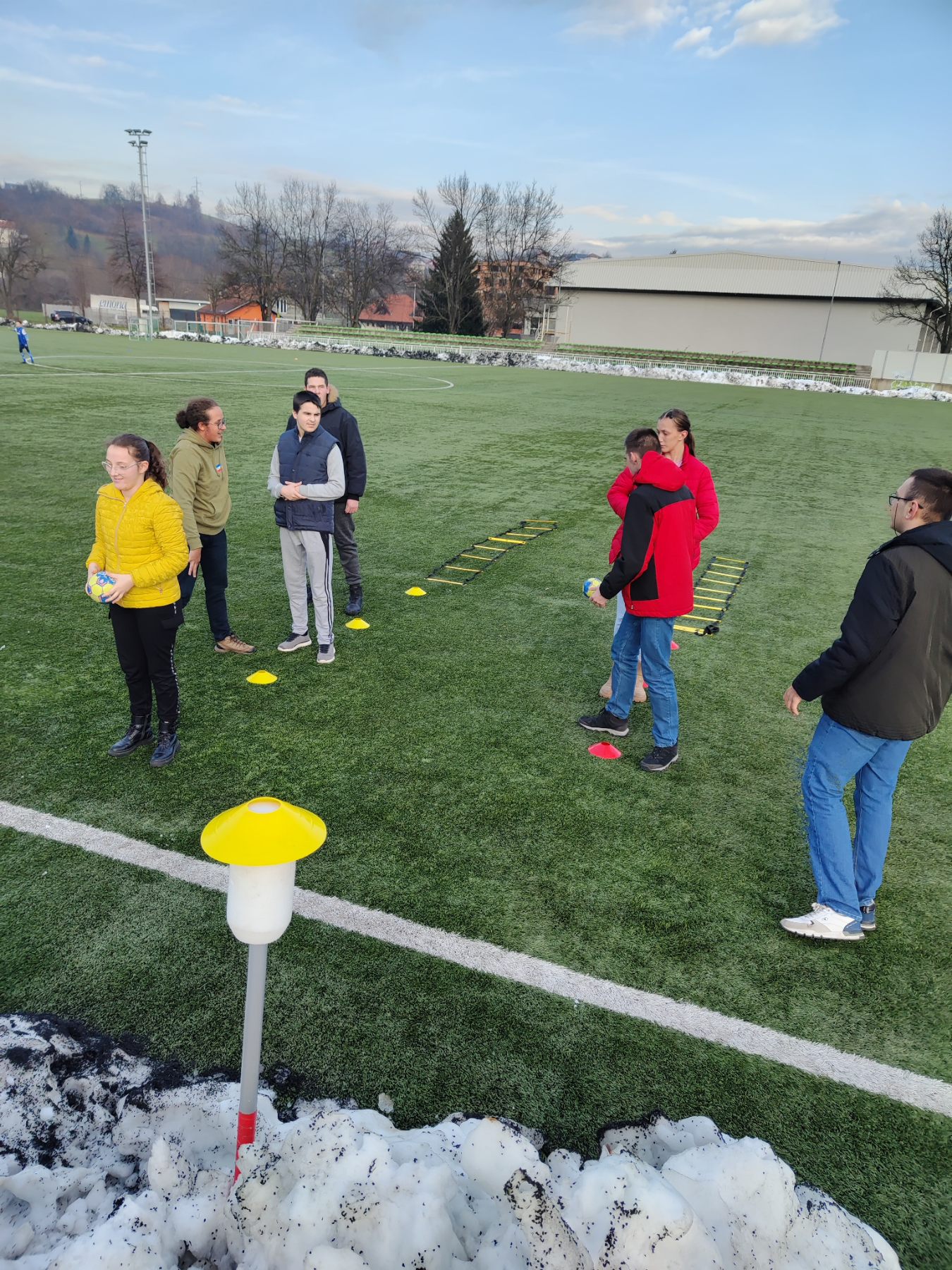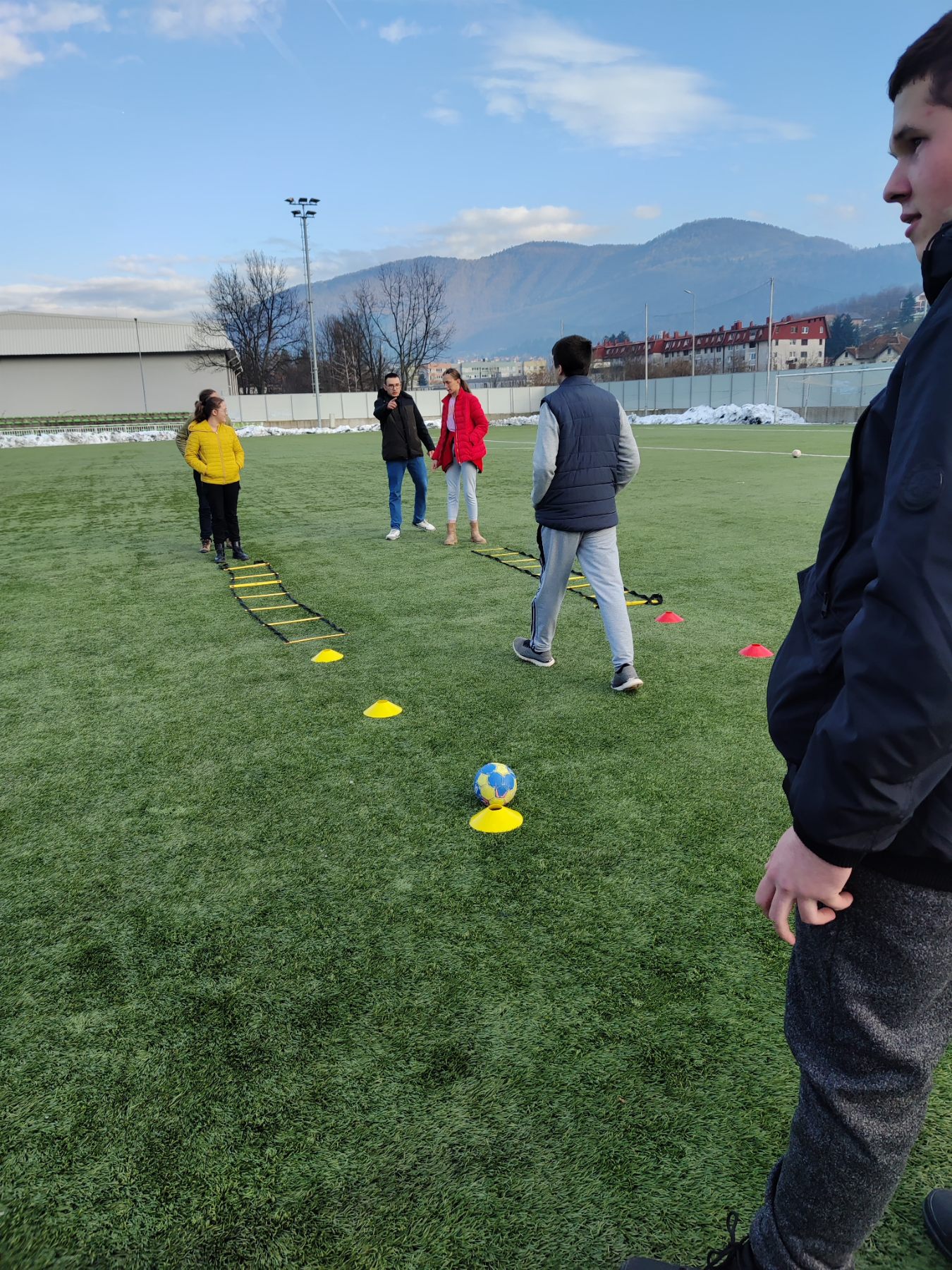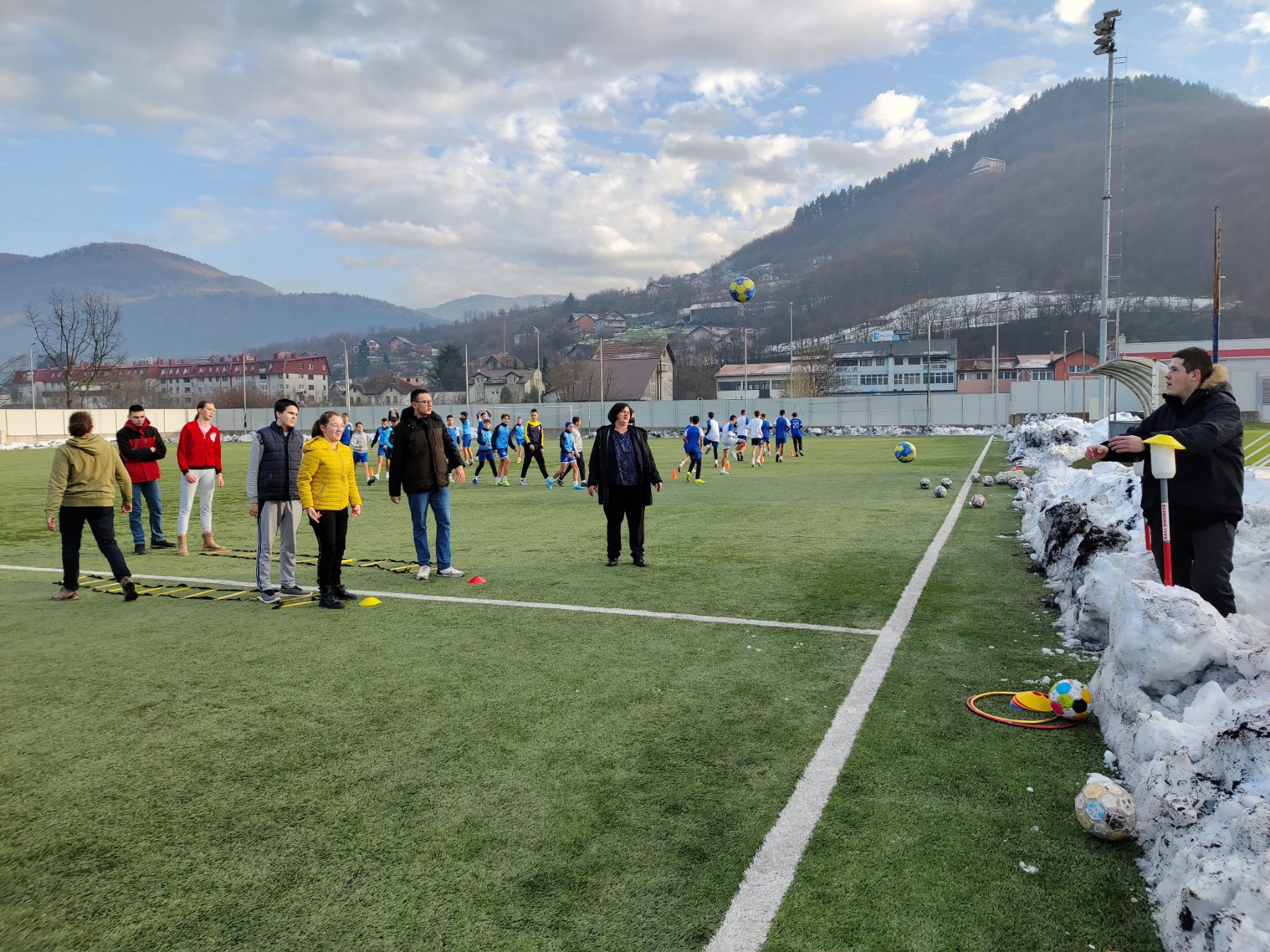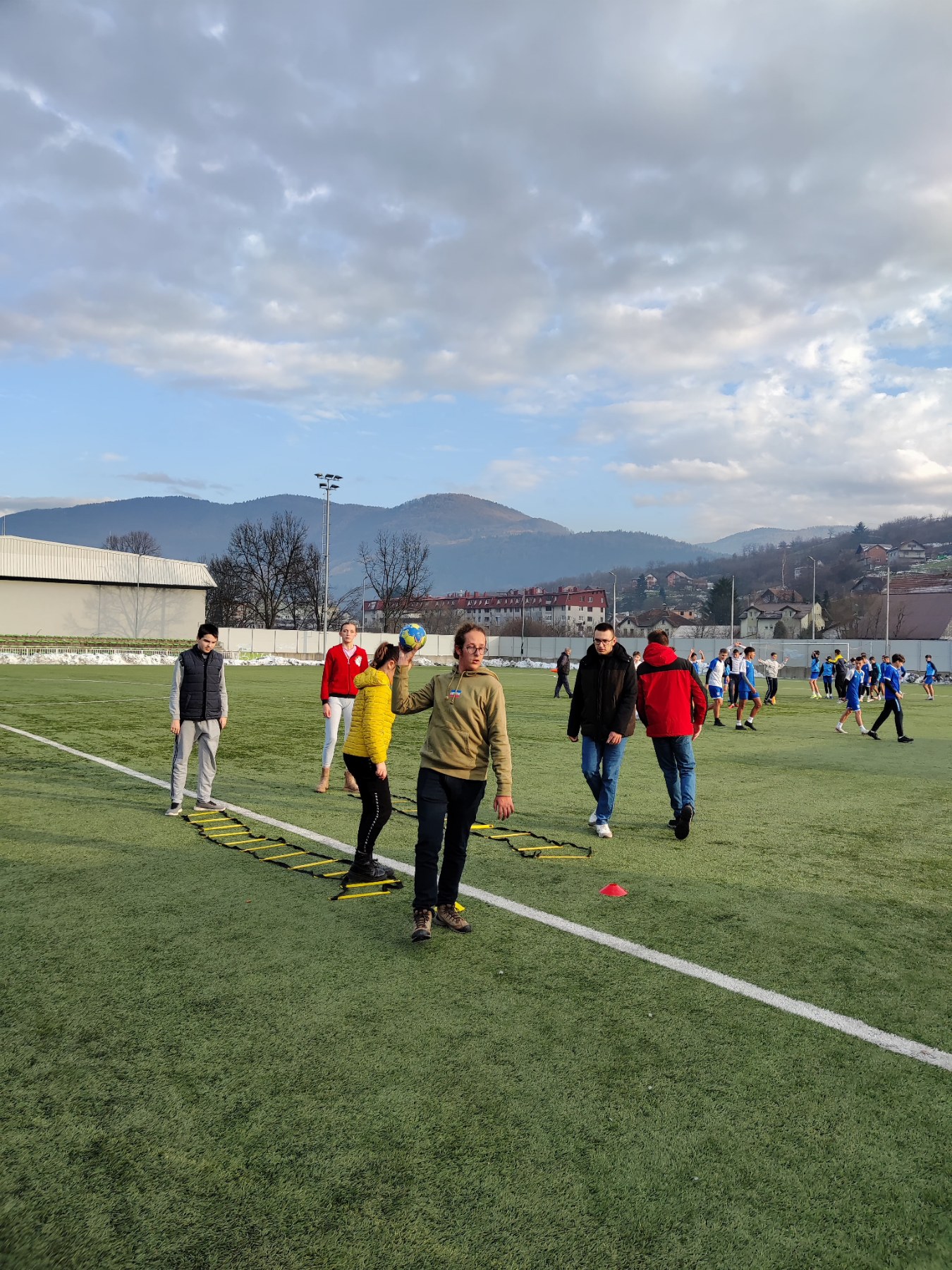This practice aimed to help students with developmental disabilities improve their motor skills through various physical challenges. The activities were designed to help students work on their balance, coordination, and endurance, all through fun and engaging play. The goal was to create an inclusive environment where all students, regardless of their abilities, could participate and improve in physical activities.
Goal: To help students with developmental disabilities improve their motor skills and gain enhanced physical independence and confidence.
Problem to solve: Students with disabilities often do not participate in standard physical activities, so it was necessary to create opportunities for them to develop motor skills in a safe and supportive environment.







